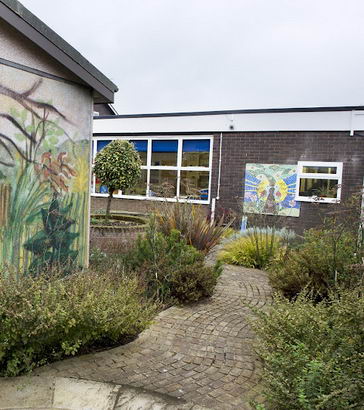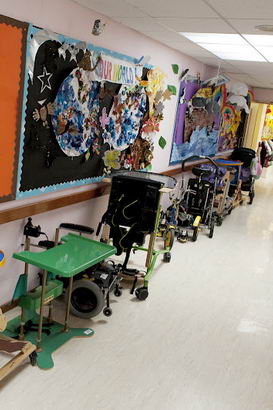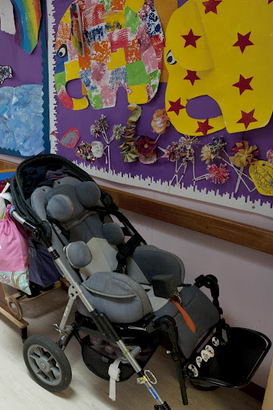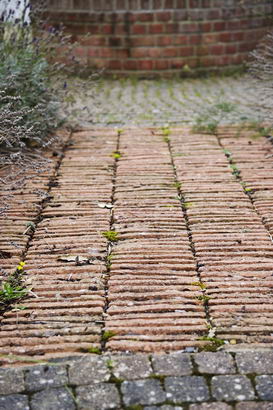
Risk assessment is a vital area of child protection, and the role of school leadership is worth emphasising. The need to maintain and further develop processes and systems for identification and assessment of needs and concerns are the main components of an appropriate whole-school policy.
There is a statutory duty for all agencies to promote the welfare and safeguarding of children and to co-operate with others to safeguard children. All staff have a crucial role to play in noticing indicators of possible abuse or neglect and referring concerns to the appropriate agency. All schools should have a policy which provides clear direction to staff and others about dealing with all issues that relate to the protection of children. An effective policy ensures that all concerns relating to the safeguarding of children will be handled sensitively, professionally and in ways which meet the needs of the child.
Consider your previous child protection experience and training. How knowledgeable or confident do you feel about child protection practice particularly as regards (a) definitions of abuse and neglect and recognising them; (b) the assessment process; and (c) when to make a referral?

While practitioners in social care and the health service
are well positioned to respond to abuse that manifests itself in a crisis, those working in early years settings and schools
see children on a daily basis and are often in a better position to identify chronic forms of maltreatment such as neglect
and emotional abuse. The availability of social work expertise to help staff is important here.
Munro, 2011
The government commissioned a review of child protection from Professor Eileen Munro whose final report was published in
May 2011. The report proposes a revision of both 'Working Together to Safeguard Children 2010' and 'The
Framework for the Assessment of Children in Need and their Families', specifically replacing initial and core assessments
with a single
ongoing assessment.
The Government supports these changes. Professor Munro's report promotes the benefits of multi-agency safeguarding training and specifically identifies four areas where changes or improvements in practice are needed – more skilled direct work with children and families, improved information sharing, more meaningful assessments and the use of evidence-based approaches to intervention. So what are the implications for schools?

The focus here is upon aspects of risk assessment. When was the last review of the policy in your context? Does it make plain the role of ALL staff? Does it give guidance when it comes to making risk assessments and reporting concerns to the relevant authorities? When did staff last receive refresher training?
Given the fact that children and young people in your context may have complex needs and difficulties in communicating, consider the following. Are all staff aware of the categories of risk? How do you aim to assess, evaluate and monitor signs that a child may be at risk of significant harm? What are the specific signs and signals you might look for in young people in your context?

The main categories of abuse are:
- Physical abuse
- Emotional abuse
- Sexual abuse
- Neglect
All staff and volunteers should be aware of these categories and be concerned about a child if he or she presents with indicators of possible significant harm. The following document summarises the definitions and possible indicators for these four categories.
A particular problem is that many behaviours could be associated with a child's learning difficulties rather than being indicative of abuse. For example, in your context you may have pupils who regularly show behaviours that may or may not be indicative of abuse including:
- Behavioural problems, eg aggression, attention seeking, hyperactivity, poor attention, self-harm.
- Low self-esteem, lack of confidence, distress, anxiety.
- Poor peer relationships including withdrawn or
isolated behaviour.
How can staff and volunteers in your context differentiate between signs of abuse and signs of cognitive and learning or communication and interaction difficulties?

Generally, in an abusive relationship the child may:
- Appear frightened of their parent(s) or other family members.
- Act in a way that is inappropriate to their age and development (this is where you have to take full account of typical behaviour of the individual children and your varied assessments of their different patterns of development).
- Display an insufficient sense of 'boundaries'.
- Appear wary of adults and display 'frozen watchfulness'.
And, of course, a child may disclose that he or she has been abused in some way.
In the event of a disclosure or concern about signs of possible abuse, staff and volunteers should:
- Make brief notes as soon as possible after any conversation following a disclosure.
- Not destroy original notes in case they are needed
by a court. - Record the date, time, place and any noticeable non-verbal behaviour and the words used by the child.
- Draw a diagram to indicate the position of any injuries.
- Record statements and observations rather than interpretations or assumptions.
All records need to be given to the designated Child Protection Coordinator promptly. No copies should be retained by the member of staff or volunteer.
Eileen Visser, HMI Rtd, poses the following questions:
- Do you have robust systems in place to ensure the most vulnerable child is protected from harm from others?
- Is there a range of measures taken to ensure all pupils, if they are able, can communicate, show or say they feel safe in school?
- Are parents/carers regularly asked their views about how safe they feel their child is at school?
- Are there secure systems in place to consult with parents/carers who may not be in close contact with the school because of distance or other factors?
- What are your arrangements for ensuring new staff and volunteers are fully aware of each pupil's level of ability and understanding and any current concerns or issues?
- Are your incident and other records kept up-to-date and show subsequent actions that can be traced to improvements
for
individual pupils?

Finally, it is essential to think the unthinkable. Research suggests that disabled children are at increased risk of abuse. There are a number of possible reasons:
- Fewer outside contacts than their non-disabled peers.
- Intimate personal care – possibly from a number of carers.
- Impaired capacity to resist or avoid abuse.
- Communication difficulties, which make it difficult to tell others.
- More vulnerable to abuse by their peers than non-disabled children.